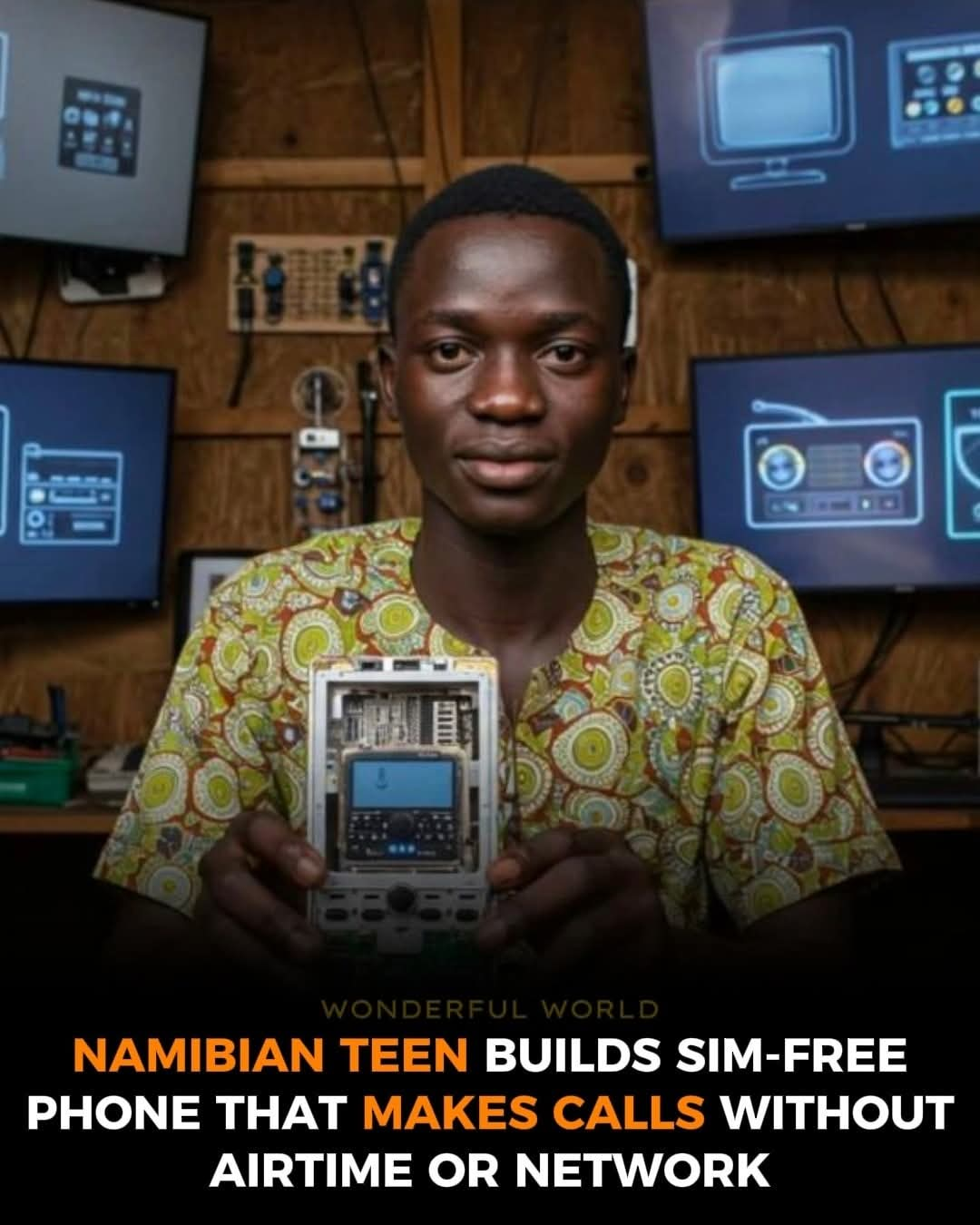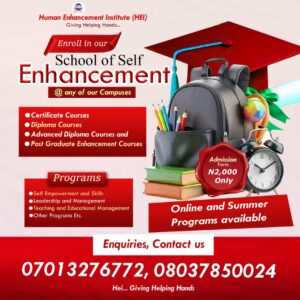Namibian Teenager Reinvents Communication: Phone Works Without SIM, Network, or Airtime
Namibian Teenager Reinvents Communication: Phone Works Without SIM, Network, or Airtime
TEC News |11th November, 2025.

A young Namibian inventor has stunned the world with an innovation that could reshape the way people connect — especially in rural and underserved areas. Simon Petrus, a teenager from Ohagwena Region in northern Namibia, has built a mobile device that works without a SIM card, mobile network, or airtime.
What began as a personal experiment in a small home workshop has now captured international attention — a powerful reminder that great ideas don’t always come from billion-dollar tech labs. Sometimes, they begin in the hands of a determined youth trying to solve a local problem.
Unlike conventional mobile phones that rely on telecom networks, Simon’s homemade device uses radio frequency (RF) technology to connect calls. By harnessing electromagnetic waves and custom-built transmitters, the phone bypasses network operators entirely. It can make and receive calls even in areas where there are no signal bars, no SIM card, and no data bundle.
The prototype was built using recycled electronics — old radios, television parts, and spare phone components — a feat that demonstrates both creativity and deep technical intuition. Simon’s model is also reported to include basic multimedia features such as video capability and FM radio.

Globally, over 2.6 billion people remain offline due to lack of access or affordability, according to ITU data. Rural Africa, in particular, continues to suffer from limited mobile coverage and high data costs. In many regions, even voice calls are a luxury.
That’s where Simon’s idea shines. A phone that doesn’t depend on network infrastructure could transform communication in off-grid communities — from isolated villages to disaster-prone areas. If scaled successfully, this concept could reduce reliance on costly telecom systems and help bridge one of the largest digital divides of our time.
Although Simon’s project is a personal invention, it aligns with emerging research into mesh and ad-hoc networks — systems designed to function independently of telecom towers.
- The Telemesh project, for example, is developing peer-to-peer mobile communication using blockchain and WiFi to enable calls and messages without SIM cards.
- Academic studies such as COMONet (arXiv:2009.05966) have explored community-based networks that link devices directly through WiFi or Bluetooth, bypassing central base stations.
- Broader studies on frugal 5G and rural networks (arXiv:1902.01367) advocate similar decentralized approaches to connect remote populations.
In essence, Simon’s prototype reflects a practical version of a technology trend that researchers and innovators around the world are only beginning to refine.
Despite the promise, experts caution that the phone remains in prototype stage. Questions about its range, call clarity, energy consumption, and frequency regulation need to be addressed before it can be mass-produced.
Telecommunication laws also restrict the use of unlicensed frequencies, meaning the innovation may require technical refinement and official approval. However, with proper support — research partnerships, local funding, and mentorship — the idea could evolve into a viable rural communication system.
Simon’s story is not just about technology — it’s a lesson in African innovation and resilience. His invention challenges the assumption that advanced ideas must come from advanced economies. It reflects the creativity, curiosity, and problem-solving power of African youth.
In a world searching for sustainable, inclusive, and affordable connectivity, one teenager’s dream may just be pointing the way forward.
As TEC News believes that ‘The real power of innovation is not in the size of your lab, but in the size of your imagination, Simon Petrus’s network free phone is more than a gadget, it’s a statement of possibility. It shows that the solutions to Africa’s biggest challenges might already be taking shape in classrooms, workshops, and rural homes.
If supported and scaled, this breakthrough could become a cornerstone of next-generation communication, one that connects everyone, everywhere, without limits.





